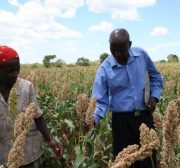
As drought destroys maize, Zimbabwe tries out new staples
Education, GP Articles0 Comments
/
JAMBEZI, Zimbabwe, Sept 11 (Thomson Reuters Foundation) - For more than 20 years, Dalarex Ncube grew maize in arid Jambezi District, one of Zimbabwe's driest regions, and his family ate maize porridge, the national staple.
But seven years ago, he began switching to growing sorghum and millet - both…

New York Times profile of Nobel Laureate Tu Youyou, discoverer of artemisinin
Education, GP ArticlesWhat better advertisement for plant sciences than an important drug developed from plants, and recognition of that achievement by a Nobel Prize in Physiology or Medicine?
Source: New York Times, October 6, 2015
View full article
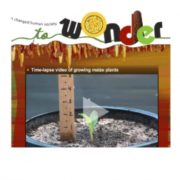
Weed to Wonder: Teosinite to Corn (e-book/app)
Education, GP ArticlesThe story of how humans changed corn and how corn changed human history. Topics include domestication, hybrid vigor, genome sequencing, jumping genes, and biofortification.
The Weed to Wonder site is a flexible "e-book" that can be viewed as a website, an app, or a printable PDF.
The site features…
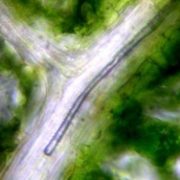
NPR: An Arbor Embolism? Why Trees Die In Drought
Education, GP ArticlesNPR (National Public Radio) story from 2012 discusses how drought kills trees.
Read full article
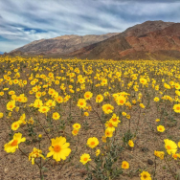
The hottest place on Earth is covered in wildflowers after heavy autumn rain (Washington Post w/ Video)
Education, GP ArticlesIn February 2016, Death Valley in California (the place where the hottest temperature ever was recorded) had a "superbloom" as millions of seeds of desert ephemeral plants germinated, leading to a massive floral bloom. See pictures and a video of this once-in-a-decade event.
View full article
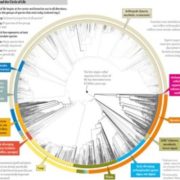
Scientific American: All 2.3 Million Species Are Mapped into a Single Circle of Life
Education, GP Articles, Resources"Researchers from a dozen institutions recently completed a three-year effort to combine tens of thousands of trees into one diagram, most readable as a circle. The lines inside the circle represent all 2.3 million species that have been named. Biologists have genetic sequences for only about 5 percent…

